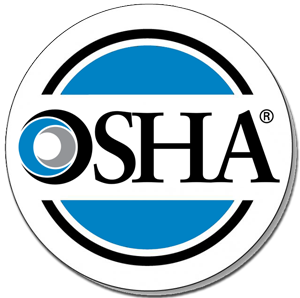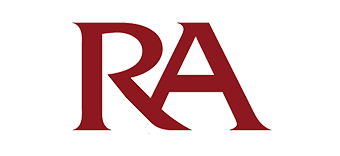OSHA Quick Card; Mold
 Molds are microscopic organisms found everywhere in the environment, indoors and outdoors. Most molds are harmless but some can cause infections, allergy symptoms and produce toxins. Inhalation is the exposure of most concern to cleanup workers.
Molds are microscopic organisms found everywhere in the environment, indoors and outdoors. Most molds are harmless but some can cause infections, allergy symptoms and produce toxins. Inhalation is the exposure of most concern to cleanup workers.
Health Effects of Mold Exposure
• Runny nose
• Eye irritation
• Cough/congestion
• Sneezing
• Skin rash
• Aggravation of asthma
People at Greatest Risk of Health Effects
• Individuals with: a weakened immune system, allergies, sinusitis, or asthma and other lung diseases.
How to Recognize Mold
• Sight – Usually appear as colored, woolly mats.
• Smell – Often produce a foul, musty, earthy smell. General Mold Cleanup Recommendations
• Identify moisture problems and remove excess moisture with a wet-dry vacuum and dry out the building as quickly as possible.
• Make sure working area is well ventilated.
• Use fans to assist in the drying process.
• Clean wet items/surfaces with detergent and water.
• Work and egress areas should be cleaned with a damp cloth or mop and a detergent solution.
• Discard all water/mold damaged materials; discard mold damaged materials in plastic bags; discard all porous items that have been wet more than 48 hours.
• Disinfect surfaces with 1/2 cup household bleach in 1 gallon of water. CAUTION: Do not mix bleach with cleaning products that contain ammonia.
• Use approved respiratory protection.
• Use hand and eye protection (non-vented goggles). • Wear long gloves made of material that will protect from chemicals used for surface cleaning.
• Wear protective clothing to prevent contamination and skin contact with mold and chemicals.
• Set up a decontamination area.
• Re-wet materials with a mist of water to suppress spores, dust, and debris.
• Vacuum areas that are clean and dry with a HEPA vacuum.
• Do not eat, drink, or smoke in work areas; avoid breathing dusts; after working, wash thoroughly, including hair, scalp and nails.
Specific Remediation Tactics Based on Area Size
Small Areas of Mold Remediation (i.e., < 30 ft.2 )
• The work area should be unoccupied.
• Recommend removing infants and persons recovering from surgery, with immune suppression, or with respiratory health conditions from adjacent spaces.
• Wear non-vented goggles, gloves, and protective clothing such as disposable coveralls.
• Containment of the work area is not necessary.
• Cover surfaces in the work area that could become contaminated with secured plastic sheets.
• At a minimum, use a half-face or full-face N, R, or P-95 respirator.
Large Areas of Mold Remediation (i.e., 30-100 ft.2 )
• The work area and areas directly adjacent to it should be unoccupied.
• Cover surfaces in the work area and in adjacent areas that could become contaminated and seal ventilation ducts/grills with secured plastic sheets.
• At a minimum, use a half-face or full-face N, R, or P-95 respirator.
• Wear non-vented goggles, gloves, and protective clothing such as disposable coveralls.
• If remediation is expected to generate a lot of dust or the visible concentration of mold is heavy, follow the extensive contamination procedures below. Extensive and Visible Mold Contamination
• Develop a suitable mold remediation plan addressing: work area isolation, the use of exhaust fans with high-efficiency particulate air (HEPA) filtration, and the design of airlocks/decontamination room.
• At a minimum, use a half-face or full-face N, R, or P-100 respirator.
• Wear non-vented goggles, gloves, and protective clothing such as disposable coveralls. Ensure that protective clothing covers entire body including head and feet.
• Consult with experienced health and safety professionals prior to this level of remediation.

Leave a Reply
Want to join the discussion?Feel free to contribute!